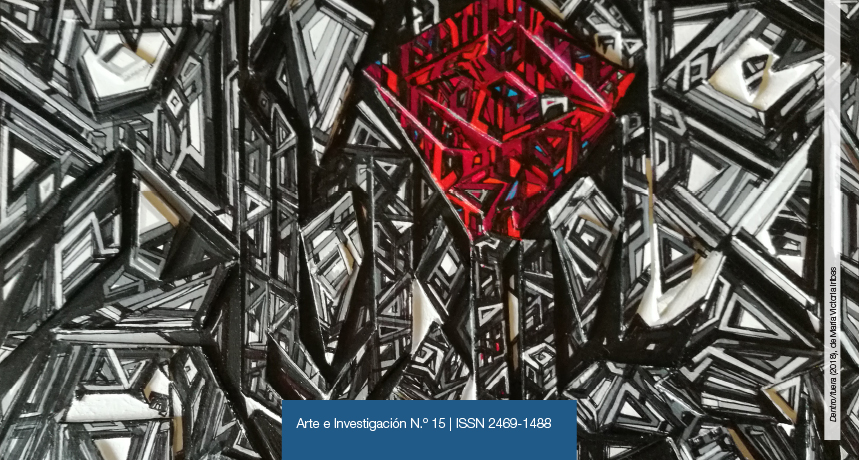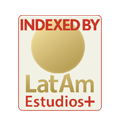Ways of Seeing Latin American Art in the 20th Century. An Approach to Maldonado’s and Carpani’s Proposals
DOI:
https://doi.org/10.24215/24691488e030Keywords:
Latinamerican Art, Maldonado, CarpaniAbstract
The present work develops a historiographic analysis about the new perspectives of Latin America and their contributions which arose during the 20th century. The investigation focuses on the proposals provided by Ricardo Carpani and Tomás Maldonado. This work centralizes on the theories, where both authors expose their new ways of seeing the art of the time and where they propose how this field is affected by many factors of its historical context. This investigation has as the purpose to analyse its proposals and confront them, studying their similarities and differences.Downloads
References
Carpani, R. (1960). Arte y revolución en América Latina. Buenos Aires, Argentina: Ediciones Coyoacán.
Carpani, R. (1962). La política en el arte. Buenos Aires, Argentina: Continente.
Carpani, R. (1975). Arte y militancia. Buenos Aires, Argentina: Continente.
De Rueda, M. (2012). La nostalgia de las vanguardias: de Madí al arte cinético [Apunte de cátedra]. Historia de las Artes Visuales 3, Facultad de Bellas Artes, Universidad Nacional de La Plata, La Plata, Argentina.
Maldonado, T. (1977). Vanguardia y racionalidad. Artículos, ensayos y otros escritos: 1946-1974. Barcelona, España: Gustavo Gilli.
Downloads
Published
How to Cite
Issue
Section
License
The acceptance of the manuscript by the magazine means the non-exclusive cession of the property rights of the authors in favour of the editor, who allows the reuse, after publication (post print), under a license Attribution-NonCommercial-NoDerivatives 4.0 International. According to these terms, the material can be copied and redistributed by any means or in any format as long as a) the author and original source of the publication are quoted (magazine and URL of the work), access to the license is provided and whether changes have been made is mentioned; and b) the material is not used for commercial purposes.
The cession of non-exclusive rights means that after the publication (post print) in Arte e Investigación the authors can publish their work in any language, means and format; in such cases it must be mentioned that the material was originally published in this magazine. Such cession also means the authorization of the authors for the work to be collected by SEDICI, the institutional archive of the National University of La Plata, and to be spread in the databases that the editorial team considers appropriate to increase the visibility of the publication and its authors.
Moreover, the magazine encourages the authors to deposit their productions in other institutional and thematic archives under the principle that offering the society the scientific and academic production without any restrictions contributes to a greater exchange of the global knowledge.


































